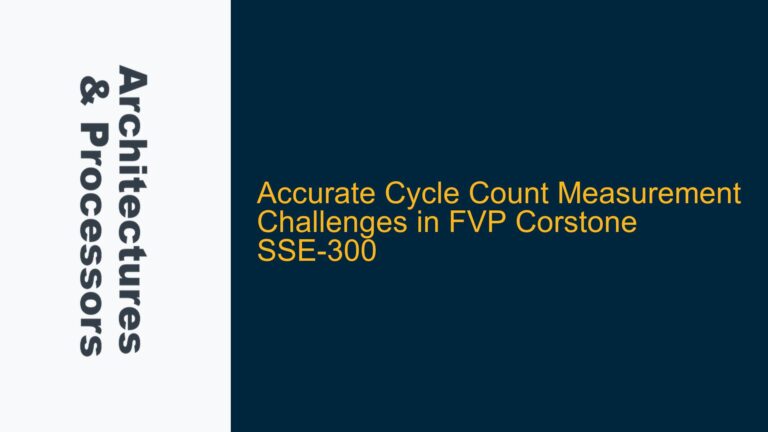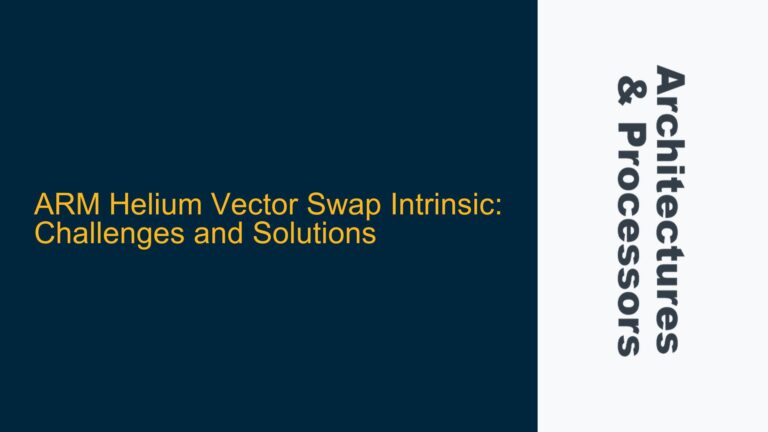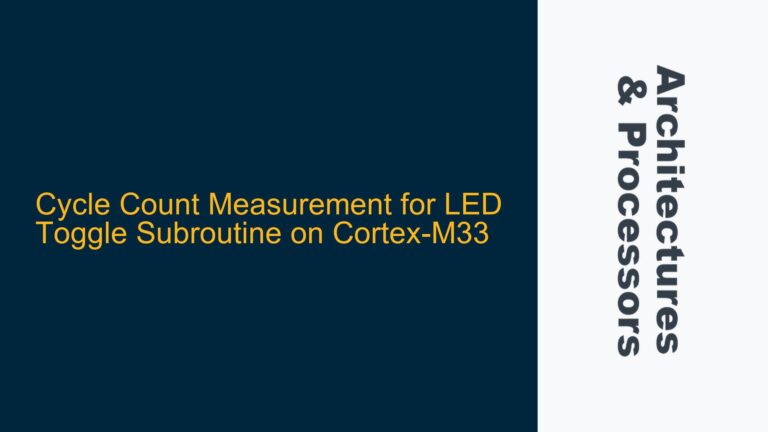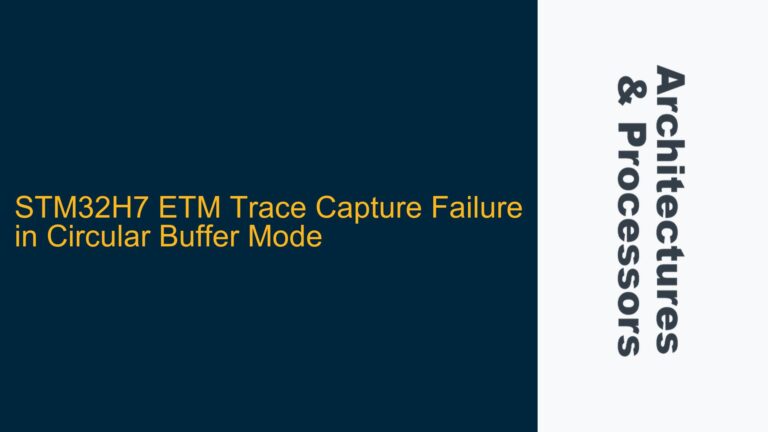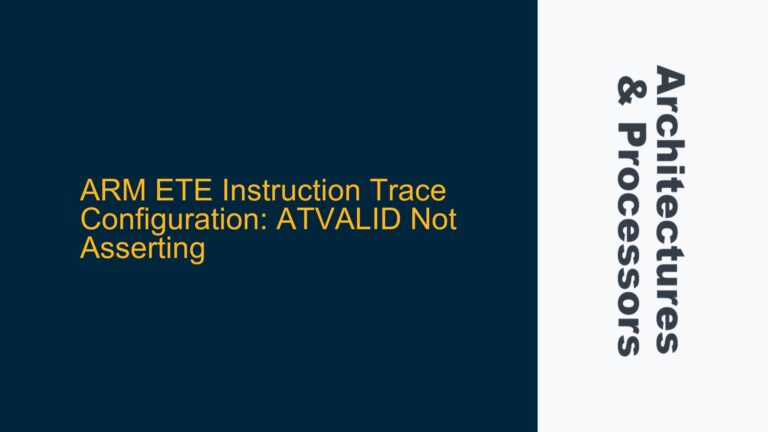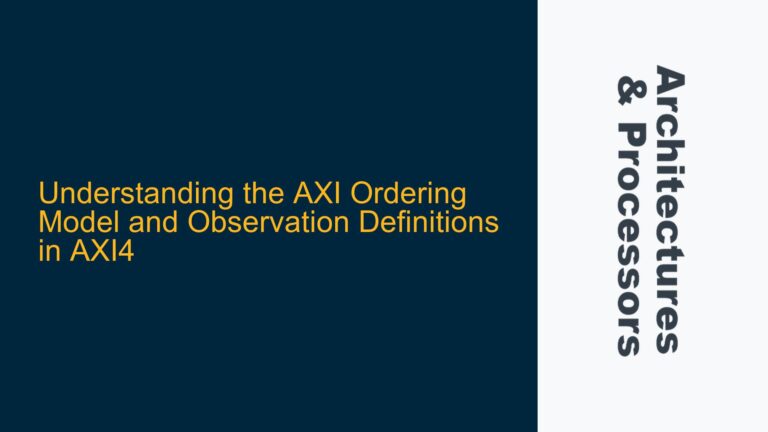SAMD21G18A Bootloader Corruption During Arduino IDE Upload
The SAMD21G18A microcontroller, a popular ARM Cortex-M0+ based device, is widely used in embedded systems due to its low power consumption and versatility. However, a recurring issue arises when users attempt to program the SAMD21G18A using the Arduino IDE after initially flashing a bootloader via Atmel Studio 7. The problem manifests as the microcontroller becoming unresponsive or undetectable after a successful code upload via the Arduino IDE. This issue is particularly prevalent in custom boards replicating the Adafruit Feather M0 design, where the bootloader appears to be deleted or corrupted during the programming process.
The SAMD21G18A relies on a bootloader to facilitate programming and debugging via serial interfaces such as USB. The bootloader resides in a protected region of the flash memory and is responsible for initializing the device, handling firmware updates, and providing a fallback mechanism for recovery. When the bootloader is corrupted or deleted, the microcontroller loses its ability to communicate with external programming tools, rendering it effectively "bricked" until the bootloader is restored.
The issue is exacerbated by the interaction between the Arduino IDE’s programming workflow and the SAMD21G18A’s memory protection mechanisms. The Arduino IDE uses the Bossac protocol to upload sketches to the SAMD21G18A, which involves erasing and rewriting the flash memory. If the bootloader region is not properly protected or if the memory protection settings are misconfigured, the bootloader can be inadvertently overwritten during this process.
Bootloader Region Misconfiguration and Memory Protection Issues
One of the primary causes of bootloader corruption in the SAMD21G18A is the misconfiguration of the Non-Volatile Memory Controller (NVMCTRL) settings, particularly the Bootloader Protection (BOOTPROT) bits. The BOOTPROT bits define the size of the protected bootloader region in flash memory. If these bits are set incorrectly, the bootloader region may not be adequately protected during flash erase and write operations, leading to its accidental deletion.
Another potential cause is the improper handling of the NVMCTRL commands during the programming process. The SAMD21G18A requires specific sequences of NVMCTRL commands to safely erase and program flash memory. If these sequences are not followed correctly, it can result in unintended modifications to the bootloader region. This is particularly relevant when using the Arduino IDE, which may not always account for the specific requirements of the SAMD21G18A’s NVMCTRL.
Additionally, the use of custom or replica boards can introduce hardware-related issues that contribute to bootloader corruption. Differences in board design, such as variations in the USB-to-serial interface or power supply stability, can affect the reliability of the programming process. For example, insufficient decoupling capacitors or improper grounding can lead to voltage fluctuations during flash programming, increasing the risk of data corruption.
Restoring the Bootloader and Ensuring Proper Memory Protection
To resolve the issue of bootloader corruption in the SAMD21G18A, a systematic approach is required to restore the bootloader and ensure proper memory protection settings. The first step is to use a dedicated programming tool, such as an Atmel-ICE or J-Link, to connect to the SAMD21G18A via the Serial Wire Debug (SWD) interface. This allows direct access to the microcontroller’s memory and registers, bypassing the need for a functional bootloader.
Once connected, the NVMCTRL settings should be verified and corrected if necessary. The BOOTPROT bits should be configured to protect the bootloader region, typically by setting them to a value that corresponds to the size of the bootloader. For example, if the bootloader occupies 8 KB of flash memory, the BOOTPROT bits should be set to protect at least this amount. This can be done using the Atmel Studio or OpenOCD tools, which provide interfaces for modifying the NVMCTRL settings.
After ensuring the correct memory protection settings, the bootloader should be reprogrammed using a known-good binary. The Adafruit Feather M0 bootloader is a commonly used option, and its source code and precompiled binaries are available from the Adafruit GitHub repository. The bootloader should be flashed to the appropriate address in the flash memory, typically at the end of the memory space (e.g., 0x00002000 for an 8 KB bootloader on a 256 KB flash device).
To prevent future occurrences of bootloader corruption, it is essential to implement safeguards in the Arduino IDE programming workflow. This can be achieved by modifying the boards.txt file to include specific NVMCTRL commands that ensure the bootloader region is protected during flash operations. Additionally, custom boards should be carefully designed to meet the electrical requirements of the SAMD21G18A, with particular attention paid to the USB-to-serial interface and power supply stability.
In summary, the issue of SAMD21G18A bootloader corruption during Arduino IDE programming is primarily caused by misconfigured memory protection settings and improper handling of NVMCTRL commands. By restoring the bootloader using a dedicated programming tool, ensuring correct NVMCTRL settings, and implementing safeguards in the Arduino IDE workflow, the problem can be effectively resolved. Careful attention to hardware design and electrical stability is also crucial to prevent future occurrences of bootloader corruption.

